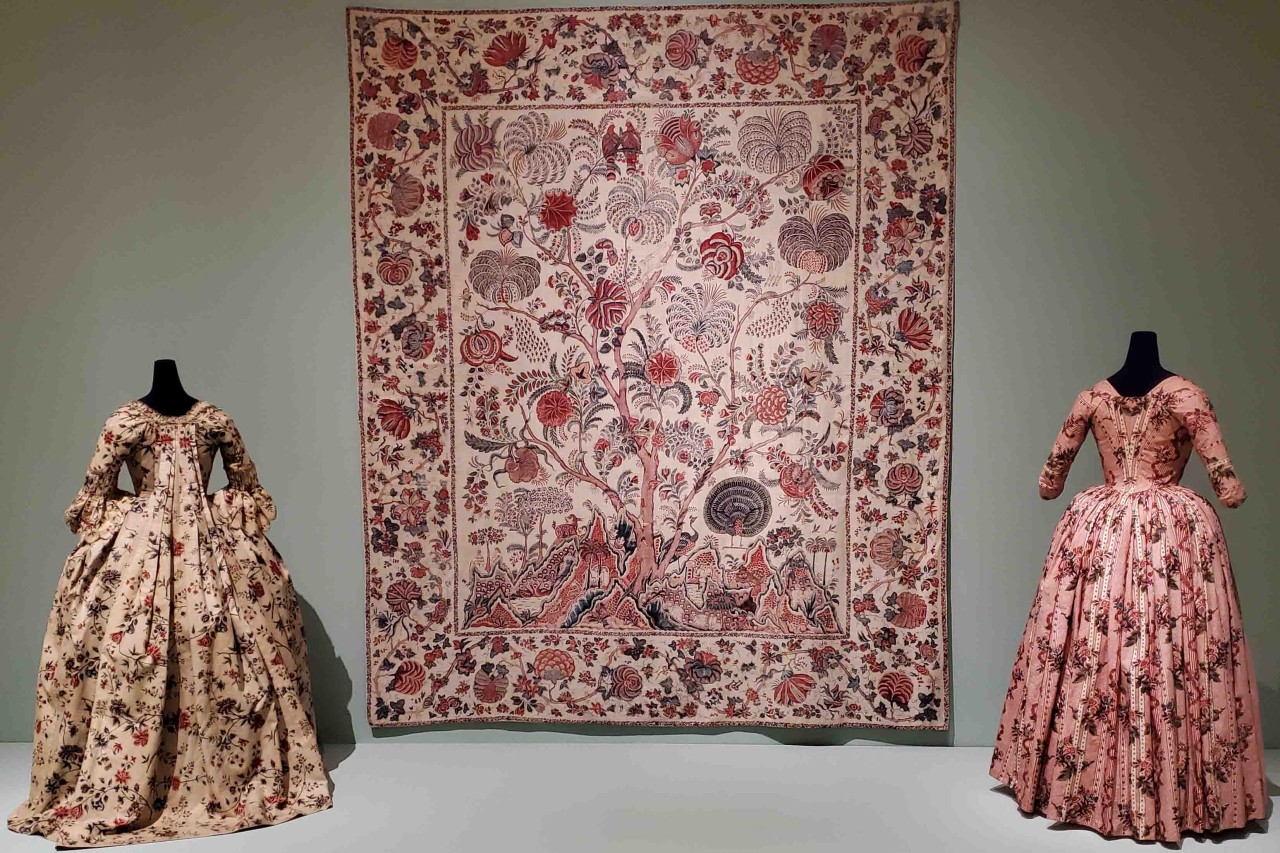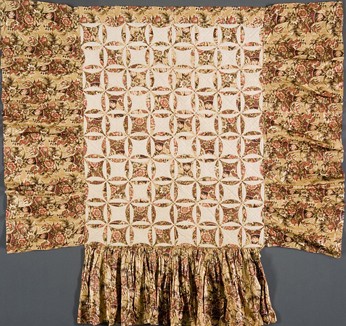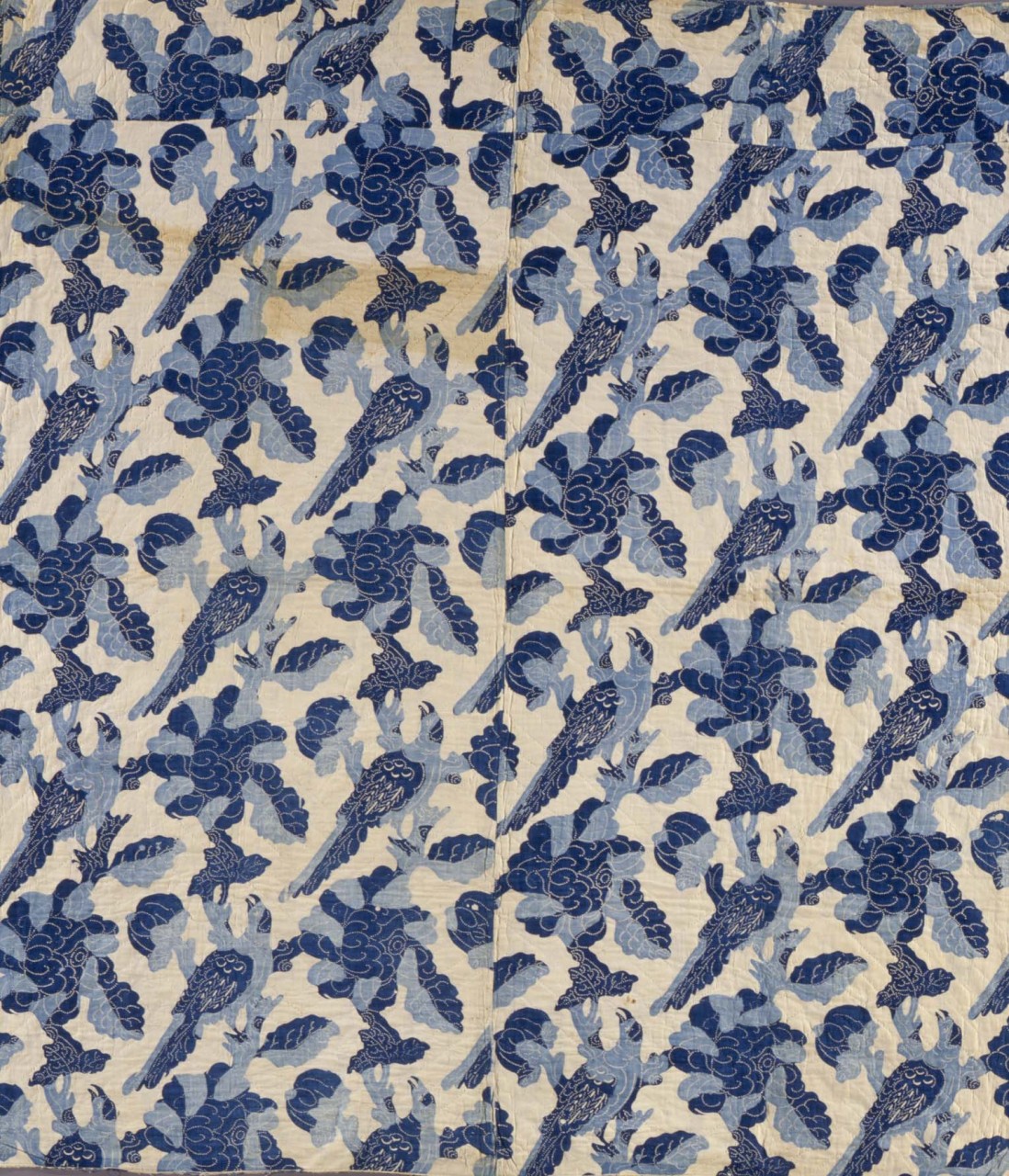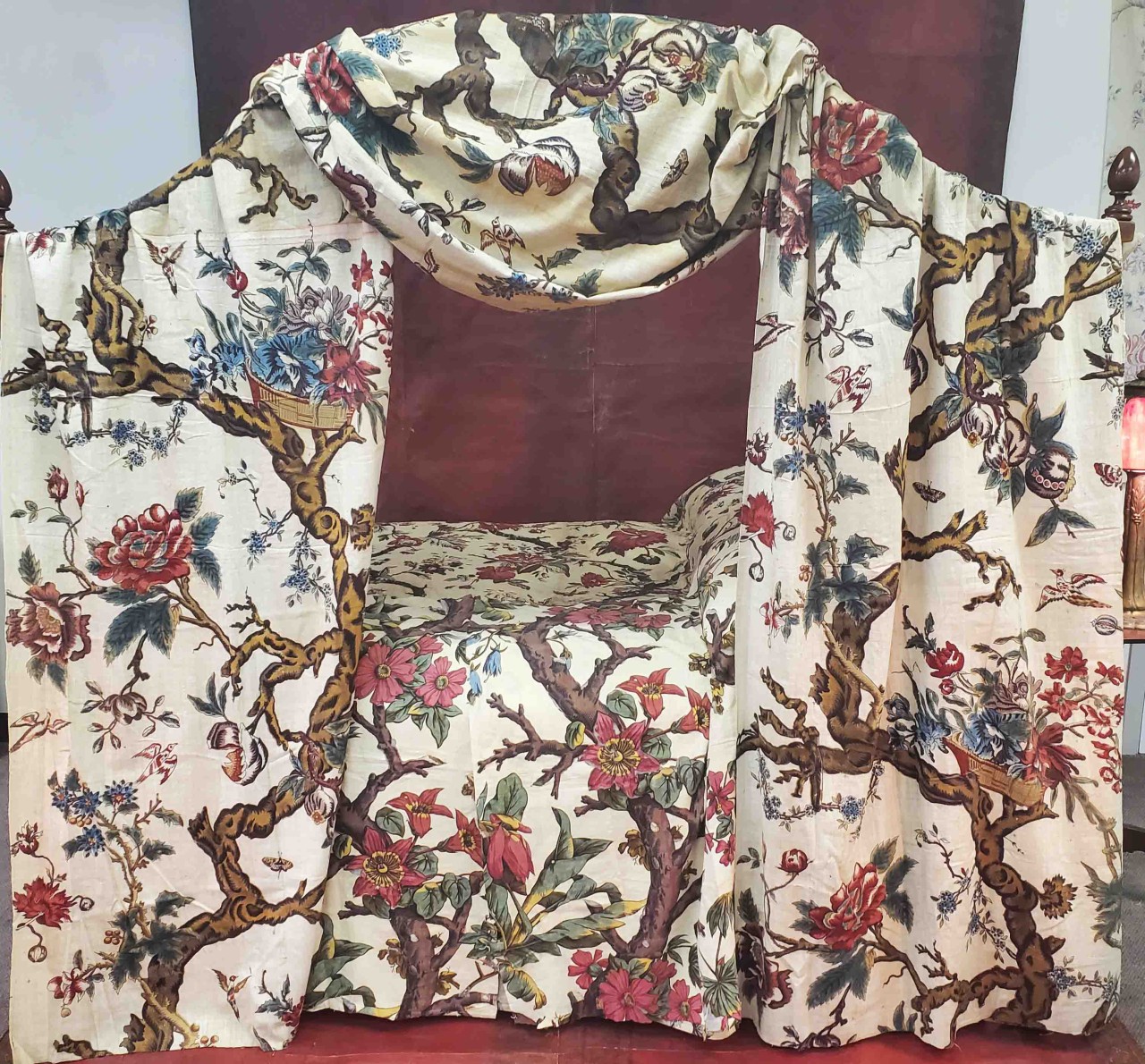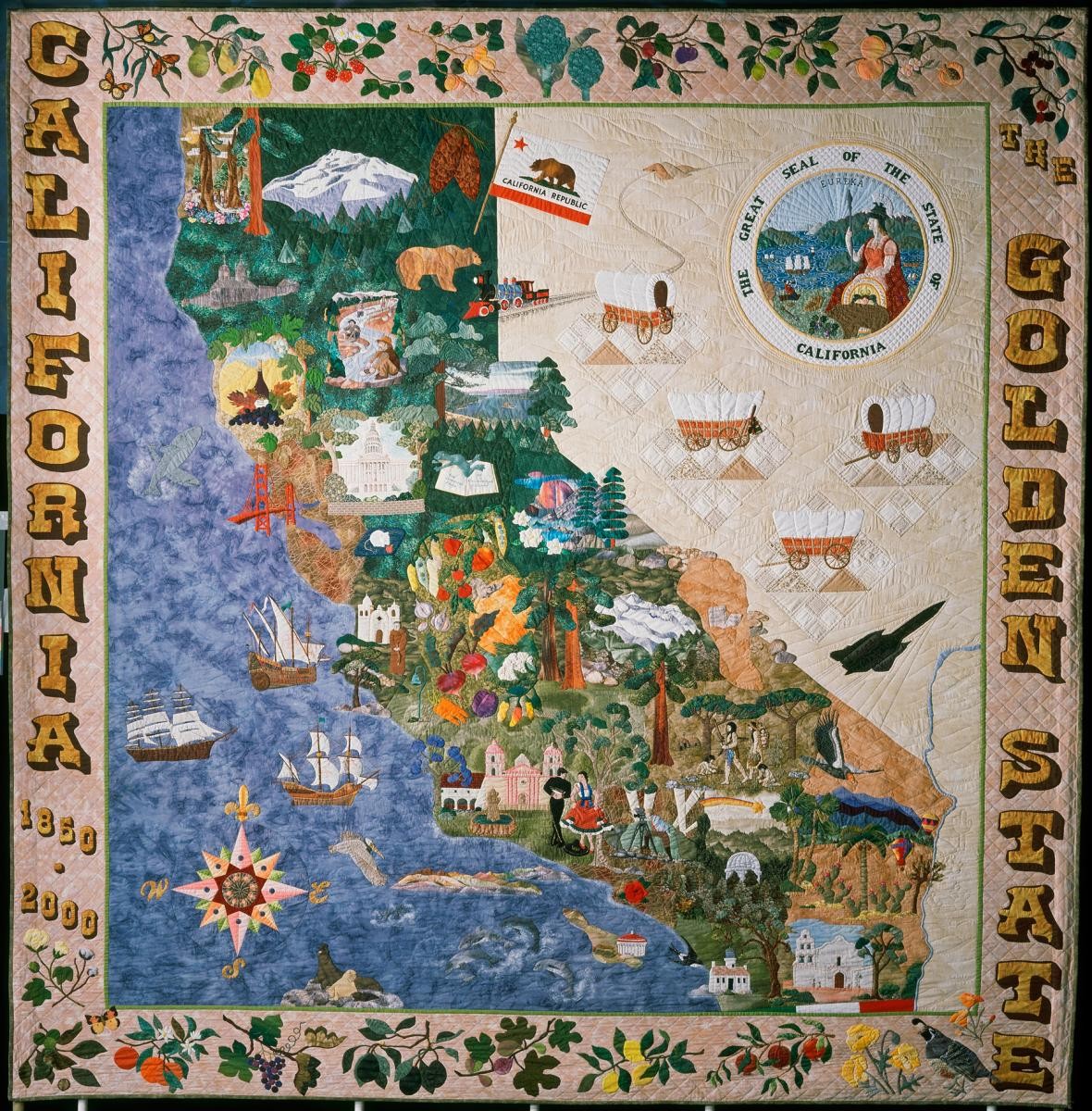
Founded in 1984, the California Heritage Quilt Project was to engage in research and educational activities regarding California Quilts. Their initial project was to research quilts made and brought to California before 1945. More than four thousand quilts were documented during the hunt for these quilts, a treasure trove of legacy. Another project the organization tackled was the California Sesquicentennial Quilt. A logistical feat of harnessing 230 quilt artists to create a single masterpiece. Board Member Helen S. Powell agreed to be coordinator of the project. Instead of dividing up the project into individual quilt blocks to be assembled later, lead quilt artists Zena Thorpe and Ellen Heck decided to create a pictorial style quilt. One artist took charge of “Northern California”, the other artist took “Southern California” and they “joined” it around Santa Barbara. Quilts...


